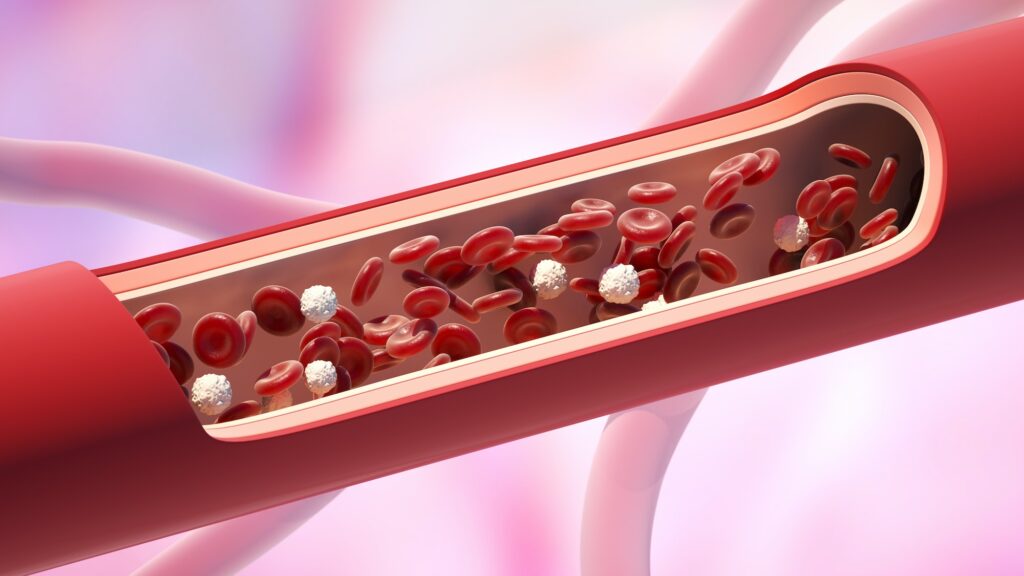Yalova Cardiology
Everything you need to know about your heart health. Your health is entrusted to us with high technology in Yalova.
treatments
Carotid Artery Stenosis (Carotid Artery)
Carotid artery stenosis is a condition in which the carotid arteries, the main arteries that supply blood to the brain, become narrowed or blocked due to plaque build-up. This can increase the risk of stroke, a serious and potentially life-threatening condition. Carotid artery stenosis can be treated with surgery or minimally invasive procedures, and patients should discuss their options with their doctor to determine the best course of treatment.
What is Carotid Artery Stenosis?
Carotid artery stenosis occurs when the carotid arteries become narrowed or blocked due to the buildup of plaque, a fatty substance that can build up on the walls of the arteries. This condition can reduce blood flow to the brain and increase the risk of stroke, a serious and potentially life-threatening condition. Common symptoms of carotid artery stenosis include:
Weakness or numbness on one side of the body
Difficulty speaking or understanding what is being said
Blurred or reduced vision in one or both eyes
Dizziness or loss of balance
Carotid artery stenosis is usually detected during a routine physical examination or imaging tests such as ultrasound, CT scan or MRI.
Treatment Options for Carotid Artery Stenosis
Treatment of carotid artery stenosis will depend on the severity of the blockage and the patient’s general state of health. The aim of treatment is to restore blood flow to the brain and reduce the risk of stroke. There are two main treatment options for carotid artery stenosis: surgery and minimally invasive procedures.
Surgical Intervention
Carotid endarterectomy is a surgical procedure that involves removing plaque buildup from inside the carotid artery. During the procedure, an incision is made in the neck and the artery is opened to remove the plaque. Once the plaque is removed, the artery is closed with sutures or a patch. The patient may need to stay in hospital for a few days after the procedure and will need to be comfortable for a few weeks to allow for healing.
Carotid artery angioplasty and stenting is another surgical option that involves inserting a small balloon into the artery to widen the blockage and then inserting a stent to keep the artery open. This procedure is less invasive than carotid endarterectomy and may be a better option for patients who are not candidates for surgery. However, it may not be as effective as carotid endarterectomy in preventing stroke.
Minimally Invasive Procedures
Carotid artery angioplasty and stenting is a minimally invasive procedure performed using a small incision in the groin. During the procedure, a catheter is advanced through the femoral artery in the groin and into the carotid artery. A small balloon is inflated to expand the blockage and a stent is placed to keep the artery open. The patient may need to stay in hospital for a day or two after the procedure and will need to rest for a few days to allow for recovery.
Carotid artery stenting is another minimally invasive procedure that involves placing a stent in the carotid artery to keep it open. This procedure is performed using a small incision in the groin and the stent is placed using a catheter. The patient may need to stay in hospital for a day or two after the procedure and will need to rest for a few days to allow for recovery.
Risks and Complications
All medical procedures come with risks and potential complications. Patients should discuss the risks and benefits of any procedure with their doctor to determine if it is the right course of treatment for them. Some potential risks and complications associated with coring
Arterial surgery and minimally invasive procedures include
Bleeding
Infection
Stroke or mini-stroke (transient ischemic attack)
Allergic reaction to anesthesia or contrast dye
Damage to the carotid artery or surrounding tissues
Blood clots
Nerve damage
It is important that patients closely follow their doctor’s instructions before and after the procedure to minimize the risk of complications.
Recovery and Follow-up
The recovery time will depend on the type of procedure performed and the patient’s general state of health. After Surgical Intervention or a minimally invasive procedure, the patient may need to stay in hospital for a day or two to allow for monitoring and recovery. The patient will be advised to avoid strenuous activities and heavy lifting for several weeks after the procedure.
Patients will need to follow up with their doctor regularly to monitor the health of their carotid arteries and assess their risk of stroke. This may include regular imaging tests and lifestyle changes such as healthy eating, exercise and not smoking.
Conclusion
Carotid artery stenosis can increase the risk of stroke, a serious and potentially life-threatening condition. However, effective treatments are available, including surgical intervention and minimally invasive procedures. Patients should discuss their options with their doctor to determine the best course of treatment for their individual needs and health condition. By taking steps to manage carotid artery stenosis, patients can reduce their risk of stroke and improve their overall health and quality of life.


